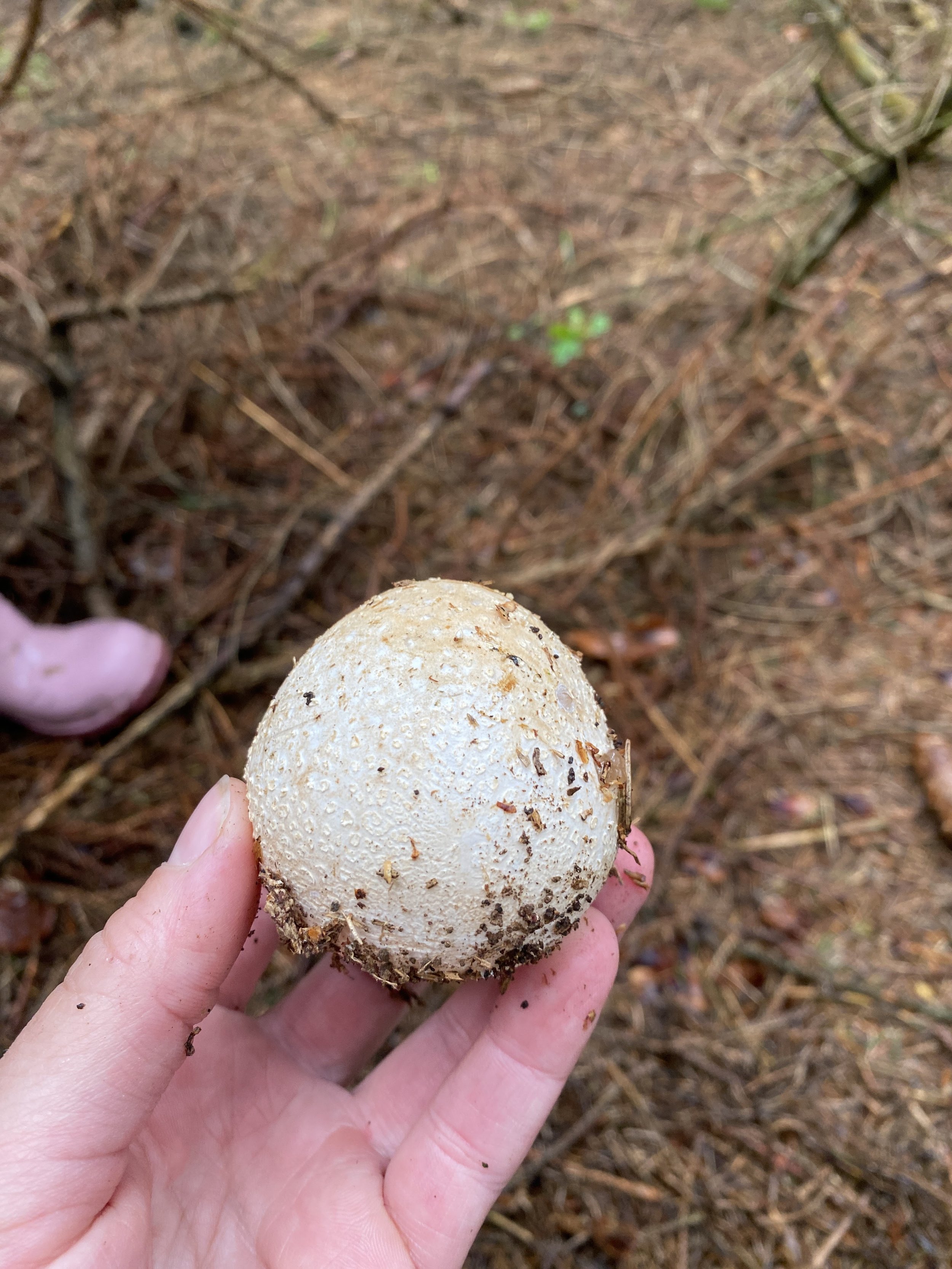The Curious World of Witch Eggs: Unearthing Phallus impudicus
Delving into the world of wild foraging brings us face-to-face with some of the most intriguing and curious natural wonders. One such marvel is the "Witch Egg," an odd, egg-shaped wild mushroom, officially known as Phallus Impudicus - or Stinkhorns! And yes, they are as magical and mysterious as their name suggests!
Just as an egg hides the potential life within its shell, the witch egg conceals a growing mushroom in its swollen, egg-like volva. The outer layer of the egg, called the universal veil, will eventually split apart to reveal the mushroom inside. It's a process that seems to encapsulate a kind of natural magic, of life forming and blossoming from a tiny ‘seed’. And its this seed that a keen forager should know about. Slice one open, and you'll find the middle part, raw, tastes oddly like a firm mix of hazelnuts and cucumber – a bizarre yet delightful combination.
However, the mature form of Phallus impudicus is as potent as it is interesting. Living up to its name, the common stinkhorn emits a strong, often unpleasant smell, which attracts insects. These insects, in turn, help disperse the fungus' spores, playing a key role in the lifecycle of this distinctive mushroom. This odoriferous nature also renders the mature stinkhorn inedible, quite in contrast to its younger stage.





